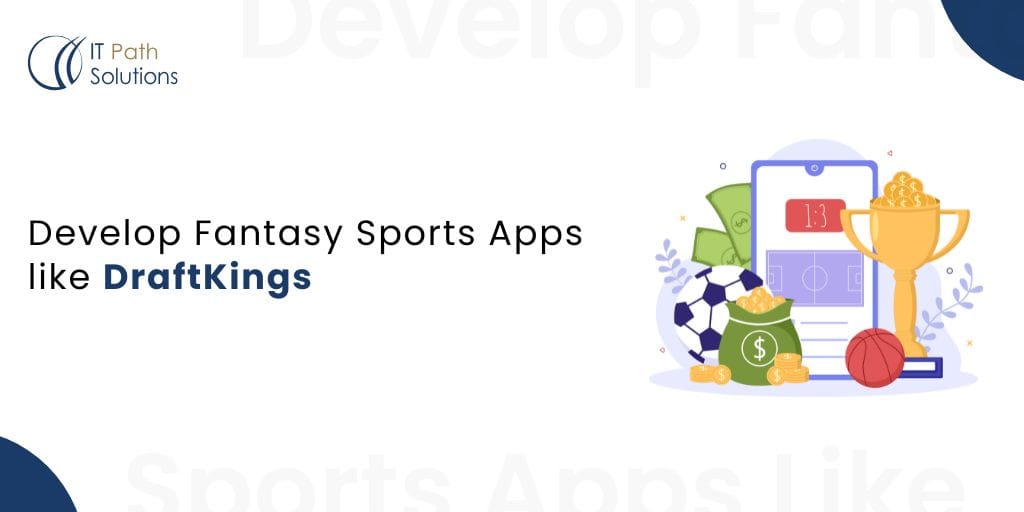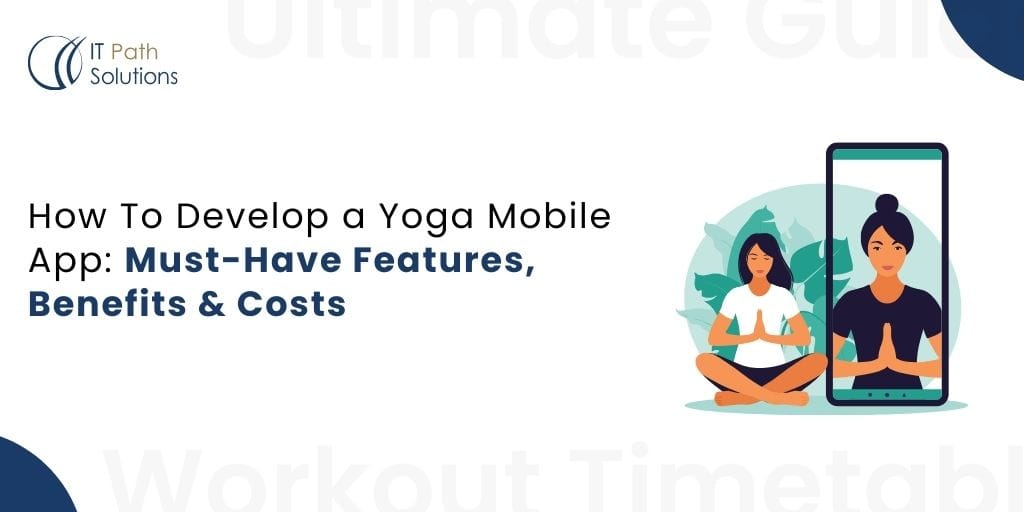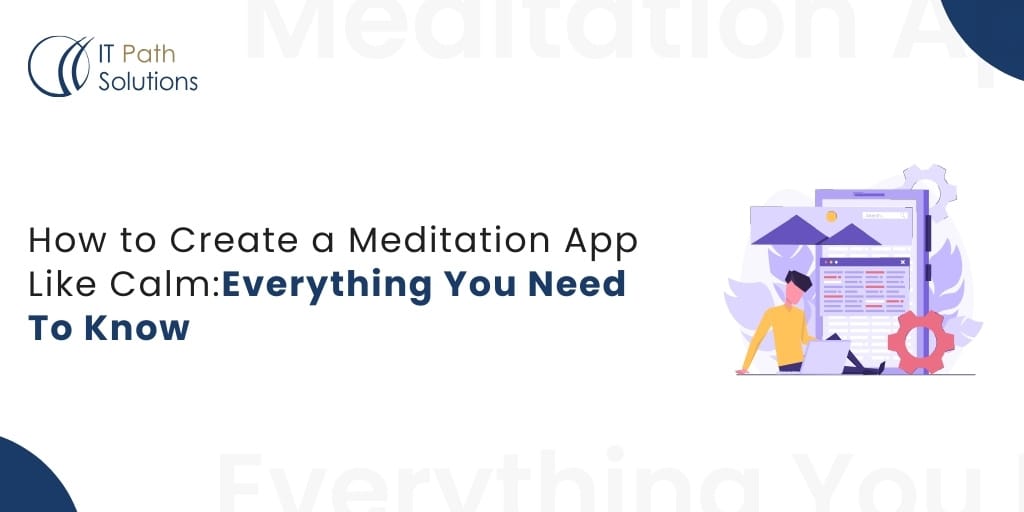How to Patent a Mobile App Idea: Guide for 2025

Tech Giants like Apple, Facebook, Google, L’Oreal, Samsung, etc, have patented their app idea for security reasons. Here is what they have patented their app idea for.
- Apple patented haptic feedback, UI elements, and other innovative features.
- Google has patented its image and object recognition capacity. It also rules regarding AI inventions, and it has patented them.
- Facebook has patents related to social data usage and dynamic mask selection for social media apps.
- L’Oreal holds a patent for combined Augmented Reality available in their virtual make-up application.
- Samsung has patented for flexible and UI-friendly app design.
Now, why is patenting an app idea important? Do you remember Apple in 1994, went against Microsoft for its stolen GUI idea issue? However, the verdict was in favor of Microsoft BECAUSE Apple hadn’t patented its GUI idea.
In a world full of innovative mobile apps, your creative idea might likely get copied by competitors. Patenting your billion-dollar app idea is crucial as it gives your business an exclusive right to commercialize it.
In the times when Digital Transformation is hyped, safeguarding your business model through app patents helps in avoiding copyright infringement. In this blog, we will learn more about what is meant by patenting an app idea, the eligibility criteria, and everything around it.
What Is a Mobile App Idea Patent?
A mobile app idea patent is a form of intellectual property legislation that prevents unauthorized use of “YOUR” mobile app idea. If your app idea is unique, you must patent it to protect it from copycats.
Under the app patent, one can protect development processes, algorithms, and unique functionalities that you have designed. By patenting, it becomes your individual property and grants you exclusive rights.
In the United States, patent applications are filed with the USPTO (or relevant patent office); similar offices exist globally (i.e., the UK’s IPO and The Indian Patent Office).
According to Lexology research performed by the USPTO(United States Patent and Trademark Office), only 382,559 out of 646,855 patent applications were granted patents in FY22.
Now, out of those numbers, foreign corporations received nearly 56% of patent grants, Samsung received 6248, and IBM received 4398 US patents.
Types Of Patents:
If you are certain about patenting an app idea, it is crucial to determine the appropriate type of patent to apply for. Let’s explore the different types of patent applications available.
The two most common patent types are Provisional and Non-Provisional. Let’s compare them to understand their differences.
Provisional Application:
It is a common patent application that is filed to protect a mobile app idea or an entire application. Provisional application is globally recognized, however, doesn’t require any legal compliance. It is the most time-saving and informal process to protect app-idea rights without getting into any legal documentation.
For provisional applications, you do not need any formal patent app declaration or distributor statement. You get 12 months to file or refine the patent application.
Non-Provisional Application:
Another popular patent application is non-provisional application filing. Non-provisional filing requires more legal formalities and involves complications. It is time-consuming and very expensive when compared to provisional application filing.
Non-provisional application filing involves detailed documentation, and failure to address any requirements might raise concerns.
Here is a table that briefly describes the difference between the two:

Other Patent Types:
Utility patents:
Utility patents are for the functional parameters of the app, like the process of functioning or operations.
Design patents:
Design patents are for securing the unique visual elements of the application.
How To Identify If The Mobile App Idea Is Eligible For Patenting?
The three important criteria for app patent eligibility are:
Novelty, Non-obviousness, and Industrial Applicability. Let’s learn about each of these criteria in detail.
Novelty:
To qualify for patenting an app idea, it must be highly unique, free from clones, and not a copy of existing solutions. Avoid disclosing the idea in any public documents or formats. The USPTO now utilizes an AI-driven system to scan and process documents in real-time, making it more challenging to introduce incremental upgrades to an existing patent.
Non-obviousness:
For an invention to be considered truly innovative, it must go beyond what a skilled expert in the field would find obvious. This means it should introduce a new and significant improvement rather than just combining existing ideas in an expected way.
Recently, courts have raised the bar for AI-related inventions, making it harder to patent technologies that heavily rely on existing knowledge. A key example is the Smith v. NeuralCode (2024) case, where the Federal Circuit rejected a machine learning patent because 83% of its algorithm was based on open-source models. The court ruled that simply repackaging publicly available AI models without substantial enhancements does not qualify as a truly inventive step.
These stricter standards aim to ensure that patents are granted only to genuinely groundbreaking innovations, preventing companies from claiming ownership over widely available technologies.
Industrial Applicability:
Uniqueness is the key to patent filing. But that being said, the idea must specify a commercial applicability. No random business method or a copied and alternated way of managing operations can be patented.
When Should You Patent An Application Idea?
Patent filing works on a first come, first serve basis. You might invent an app idea, but if you are not the first one to file it, it doesn’t count. Here are a few situations when you can launch a patent.
- When your app idea is ready and ready for launch;
- When you have enough funds to sponsor the patent filing procedural costs;
- When you have a prototype ready and working on MVP development;
You shouldn’t file a patent if:
- If you have not solely invented an application and copied code from an open-source code software program.
- If your application replicates the advanced functionalities of any other app;
- If you are still validating your app idea, avoid filing a patent.
We hope the above-mentioned scenarios make it clear what you should do and when. However, we would still want to excerpt a few lines that we believe are important.
- Patents are extremely costly and time-consuming. It occupies a lot of resources and their time which otherwise could be focused on other tasks.
- Additionally, even after engaging so many resources, protection is not assured.
- More often than ever, companies deviate from their original app idea to meet the perfection requirements.
What Alternative Can You Choose If Not Patent?
If you do not want to go ahead with patenting an app idea, here are the other ways using which you can still protect a mobile app idea.
Copyright:
Copyright is also a type of IPR, but different from patents. Copyright refers to the process of collecting the right issues for the inventor or author of any work. After receiving the copyright issue, you can reproduce the work without any conflict.
With copyrights in place, one can replicate the idea of the app, but not entirely.
Trademark:
Use a trademark to secure words, phrases, symbols, and logos of your app idea from being copied by others. By filing a trademark, you remain the originator of the idea, and no competitor can copy it any further.
Non-Disclosure Agreements:
NDA is usually used for keeping things confidential between you and your mobile app development company. It prevents them from disclosing any new idea that you want to implement in the application.
How To Patent an App Idea?
Now that you know what patenting an app idea means, here are a few steps to follow.

Select the patent type:
As discussed above, from the available patent types, you need to select one of the patent types. You can either go with a provisional patent application or a non-provisional patent application depending upon your requirements.
Read the above-mentioned differences between the two and decide on the patent type you want to go ahead with.
Research about the patent filing:
Make sure that you know all the nitty-gritty requirements of patent filing. Read in-depth about all the similar patents filed for an app idea to avoid any conflicts in the development journey.
Consult experts and prepare your patent application:
Filing a patent application is not easy. It is better to have an expert’s guidance and opinion before filing. An expert knows what details to file in, what requirements to be covered, check if the diagrams and drawings are appropriate, etc.
Offer timely responses to queries:
After filing the patent application at the legal office, there are chances that you might receive queries from the office. Address these issues raised by the examiner to avoid any delays in the process.
Pay the patent maintenance fee:
Depending on the patent you file, there are monthly fees or annual fees that you need to pay to keep the patent active. You can hire a patent attorney who will take care of the setup.
- Basic app patent filing fees: $70-$280
- Patent search fees: $150-$600
- 3.5 Patent maintenance fees: $400-$1600
- 7.5-year maintenance: $900-$3600
- 11.5-year maintenance: $1850-$7400
Conclusion:
As you can see, not every app idea qualifies for a patent. It must meet specific criteria to be eligible for patent protection.
While you focus on the patent-filing process, let us take care of your custom software development needs. Contact us to learn more about our mobile app development process and how we can assist you. Thank you for reading!
 Healthcare
Healthcare  Education
Education  Real Estate
Real Estate  Logistic
Logistic  Themes
Themes
 Plugins
Plugins
 Patterns
Patterns





